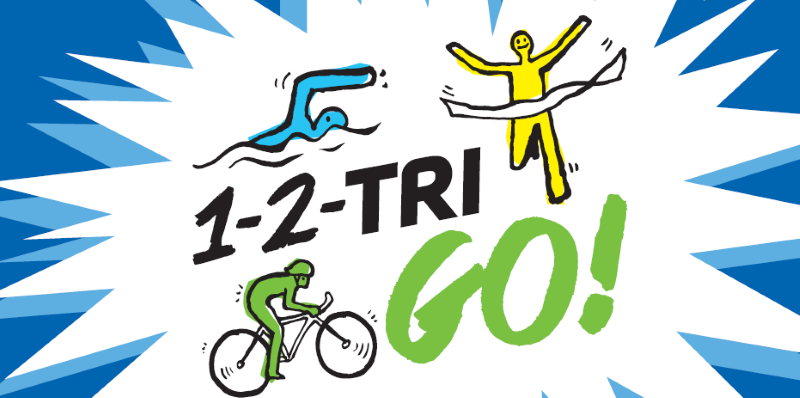By Katie Grill-Donovan, Fortius Sports Vision
Marijuana is the most commonly used recreational drug with an estimated 20 million consumers1. However, very little is known about the short-term and long-term consequences of chronic use of marijuana throughout human development and aging.
The studies on humans and the visual system are very few and have limitations.
With the recent legalization of marijuana in Canada, it is important to open the conversation up about the potential side-effects, benefits, and risks of the drug. In this article specifically, we will explore how marijuana affects the visual system and your visual performance, as it relates to the field of sport and activity.
NOTE: If you’re a high performance athlete, it’s important to remember The World Anti-Doping Agency classifies marijuana (and other cannabinoids) as prohibited in-competition.
THE EFFECTS OF CANNABIS ON YOUR VISUAL PROCESSING
When cannabis enters your system, the active ingredients bind to cannaboid receptors throughout your body. These receptor sites can be classified as either CB1 or CB2. The CB1 receptor sites are located throughout the visual pathway and the central nervous system. The CB2 receptor sites are located in the immune system and the central nervous system (but to a lesser degree than CB1 sites).
The CB1 and CB2 receptor sites in the brain correlate to areas involved in higher cognitive functions and the control of movement. These receptors are also located in your retinas (a sensory membrane that lines the inner surface of the back of the eyeball).
NIGHT VISION & BRIGHT LIGHTS
Research has found that if CB1 receptors are activated (specifically at night), it changes the signal between the rods and cones in your retina. This can lead to a change in your scotopic vision (how well you see in conditions of low light) and your glare recovery (how fast you can regain visual sensitivity after being exposed to a bright lights – like car headlights at night or sun reflecting off snow)2.
With this in mind, consider the implications this could have on our sport or activity. Perhaps your on-field competitions are held at night, under bright field lights. Or your snow sports are held during a sunny mountain day.
SPATIAL PROCESSING & ATTENTION TO DETAIL

It has also been found that cannabis suppresses dopamine in your retina3. This can have serious implications for visual functioning as dopamine is necessary for signaling certain functions such as spatial processing (knowing where you and other objects are in space) and fine acuity (ability to pick up on tiny details in your environment).
Translated into your field of play, this could mean processing the relationship between you and the ball, or another player, or a piece of equipment. Are you in the right position to complete that pass?
It could also mean missing small details in your field of play. Especially in outdoor sports, knowing the details of your environment can have a direct impact on your safety.
MOTION PERCEPTION

Research has also found that your motion perception is also reduced with long-term cannabis use4. Along with changes in motion perception, research has found that cannabis use is correlated to a decrease in your visual memory and attention issues5.
Motion perception, visual memory and attention are also critical performance factors for a number of sports. For example, can you tell how fast the opposing player, or the ball or puck is coming towards you? Are you able to be in the right place at the right time to receive that serve, or block that attempt on net?
Do you remember which player last checked you? Or are you easily distracted by a bird flying in the sky, when you should be waiting for that touch-down throw?
THE EFFECTS OF CANNABIS ON YOUR OCULAR STRUCTURES AND EYE MOVEMENTS
Structurally speaking, cannabis can lead to dilated pupils for the first two hours after dosing. Dilated pupils could result in increased light sensitivity, going back to impacts mentioned in the earlier point on bright lights or night vision.
There is no literature to suggest that marijuana impairs your eye movements. However, it should be noted that most studies were done before 1993 and were using marijuana products that are 5.0% THC. Current products can have as much at 30% THC which could possibly impact eye-movements.
Accurate eye movements play a critical role in effectively gathering visual information from your environment. The ability of your eyes to jump between objects (e.g., looking between two opposing players on the pitch) and tracking objects (e.g., a puck coming towards you or a soccer ball being crossed into the box) are two important skills that could be compromised due to cannabis consumption.
CONCLUSION

It is estimated that 80% of the sensory information around you is processed by your visual system. Therefore, any change or decrease in the functioning of these visual pathways can have a significant impact on your performance. Additionally, the ease of obtaining marijuana in Canada makes it very important for patients, and high performance athletes to understand the effects it could have.
Be informed, and know the impacts cannabis could have on your visual sport performance.
Visit the Performance Vision page on the Fortius website to learn more about their vision services for athletes.
Did you know Triathlon BC members receive a preferred rate on select injury prevention and performance testing? If you’re a current Triathlon BC member, Redeem here to save up to 25% using promo code TriFortius2018.
REFERENCES
- Substance Abuse and Mental Health Services Administration: Results from the 2013 National Survey on Drug Use and Health: summary of national findings. HHS Publication No (SMA) 14-4887 NSDUH Series H-49
- Cao J, Ishii M, Mangel S: Cannabinoid Receptors Modulate Rod-Cone Gap Junctional Coupling In The Day And Night. Invest Ophthal Vis Sci 2015, 56(995)
- Schwitzer T, Schwan R, Angioi-Duprez K, Ingster-Moati I, Lalanne L, Giersch A, Laprevote V: The cannabinoid system and visual processing: a review on experimental findings and clinical presumptions. Eur Neuropsychopharmacol 2015 Jan;25(1):100-12 doi: 101016/jeuroneuro201411002 Epub 2014 Nov 13
- Skosnik PD, Krishnan GP, D’Souza DC, Hetrick WP, O’Donnell BF: Disrupted gamma-band neural oscillations during coherent motion perception in heavy cannabis users. Neuropsychopharmacology 2014 Dec;39(13):3087-99 doi: 101038/npp2014166 Epub 2014 Jul 3.
- Smith AM, Fried PA, Hogan MJ, Cameron I: Effects of prenatal marijuana on visuospatial working memory: an fMRI study in young adults. Neurotoxicol Teratol 2006 Mar-Apr;28(2):286-95 Epub 2006 Feb 13.




